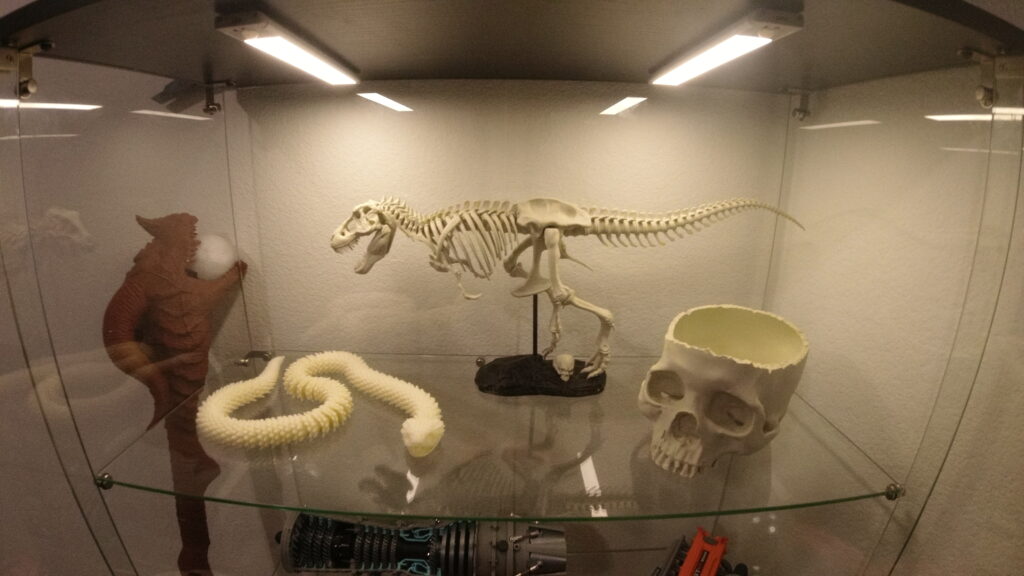Address
304 North Cardinal
St. Dorchester Center, MA 02124
Work Hours
Monday to Friday: 7AM - 7PM
Weekend: 10AM - 5PM
Address
304 North Cardinal
St. Dorchester Center, MA 02124
Work Hours
Monday to Friday: 7AM - 7PM
Weekend: 10AM - 5PM

In recent years, the rapid development of 3D printing technology has introduced new possibilities for interior decoration. With advanced 3D printing, designers and consumers can create unique decorative items that make indoor spaces more personalized, modern, and artistic. This article explores how 3D-printed decorations can be integrated into interior design and showcases their practical applications.

Traditional decorative items are usually mass-produced, making it difficult to meet individual needs. However, 3D printing allows users to customize shapes, sizes, and colors freely, creating one-of-a-kind home décor. For instance, users can design vases with specific textures, unique geometric wall hangings, or customized light fixtures.
3D printing technology enables the easy production of intricate designs that are difficult to achieve using traditional methods, such as hollowed-out carvings, biomimetic surfaces, and gradient textures. Examples include coral-like sculptures and geometrically artistic lampshades, all of which can be precisely created through 3D printing.
Many 3D printing materials, such as PLA (polylactic acid), are derived from renewable resources and are biodegradable, making them more environmentally friendly than conventional plastics. Additionally, 3D printing reduces material waste since it employs additive manufacturing, producing only what is needed without excessive leftover materials.
3D-printed wall decorations can add depth and dimension to indoor spaces. Personalized relief wall hangings, geometric pattern panels, and modular designs enhance visual appeal.
3D-printed lighting fixtures not only serve as decorative pieces but also create unique light and shadow effects. Examples include pendant lights with intricate hollow designs, honeycomb-shaped table lamps, and customized LED lampshades, all of which enhance the ambiance of a home.
Elegant 3D-printed vases and decorative sculptures can add an artistic touch to any space. Different materials, such as smooth resin, metallic-coated finishes, or wood-based PLA, allow vases to fit various interior design styles.
3D printing technology is also used for small-scale furniture, such as customized bookshelves, artistic table legs, and ergonomic chairs. These products not only enhance aesthetics but also serve practical purposes.
For a modern minimalist interior, choose 3D-printed decorations with strong geometric elements. For traditional or European-style interiors, opt for 3D-printed designs with classic carvings.
Different 3D printing materials are suitable for various decorative items:
3D-printed decorations not only enhance visual appeal but can also be functional, such as storage boxes, lampshades, or smart home accessories, achieving both beauty and practicality.
As 3D printing technology advances, interior decorations will become more intelligent and customizable. With AI-assisted design tools and sustainable materials, future 3D-printed home décor will better meet personal preferences while promoting eco-friendly and energy-efficient solutions.
3D-printed decorative items offer limitless possibilities for interior design. Whether through personalized customization, complex design capabilities, or eco-friendly materials, 3D printing can add a unique artistic touch to any home. If you’re looking for innovative ways to decorate your living space, consider incorporating 3D-printed elements to enhance the modern and technological feel of your home!